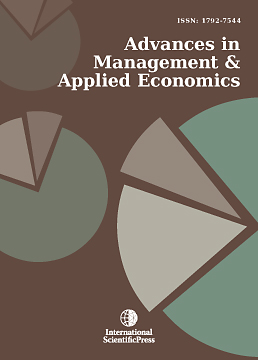Advances in Management and Applied Economics
The Determinants of Economic Corruption: A Probabilistic Approach
-
 [ Download ]
[ Download ]
- Times downloaded: 13337
-
Abstract
The determinants of corruption have been debated by economists and non-economists for the past few decades. However, no consensus has been reached about the exact determinants of corruption and as well the direction of the effect of some the known key variables used in corruption studies. Most previous studies exploit some sort of index as a measure of corruption. The higher the value of the index, the less perceived corrupt a country is and vice versa. These studies use multiple regression to estimate the unknown parameters of the models specified. In this paper, we deviate from this norm and categorize the corruption index into two categories – perceived corrupt and perceived non-corrupt. This is in essence a discriminant analysis with two groups. With certain assumptions, this allows us to model the probability of corruption by appropriately selecting the factors that best separate the corrupt and non-corrupt groups. The methodology also allows computing corruption scores. With this methodology, the Kolmogorov-Smirnov (KS) statistic indicates that there is a high separation between the two groups given the variables turned out to be predictive.
